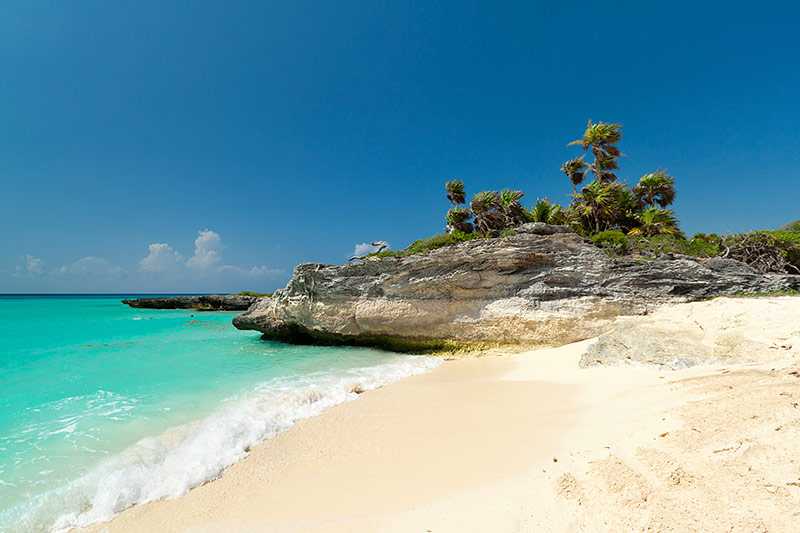Cenote Dos Ojos
Cenote Dos Ojos, or Sistema Dos Ojos, is the world’s third largest underwater cave system. First discovered in the late 1980s, 82 km (51 mi) have been surveyed so far and exploration is still ongoi...
Cenote Dos Ojos, or Sistema Dos Ojos, is the world’s third largest underwater cave system. First discovered in the late 1980s, 82 km (51 mi) have been surveyed so far and exploration is still ongoing. It lies on the Caribbean coast of the Yucatan Peninsula, in the state of Quintana Roo, Mexico. Dos Ojos is located between the towns of Akumal and Tulum, just off Highway 307.
Things to do near Cenote Dos Ojos
Attractions near Cenote Dos Ojos
Activities
About Cenote Dos Ojos
Cenote Dos Ojos, or Sistema Dos Ojos, is the world’s third largest underwater cave system. First discovered in the late 1980s, 82 km (51 mi) have been surveyed so far and exploration is still ongoing. It lies on the Caribbean coast of the Yucatan Peninsula, in the state of Quintana Roo, Mexico. Dos Ojos is located between the towns of Akumal and Tulum, just off Highway 307.
There are 28 sinkhole entrances, known locally as cenotes. The waters in the cave system are remarkably clear as rainwater is filtered through limestone. Dos Ojos means ‘two eyes’, referring to the two adjacent cenotes which, from the surface, resemble two eyes looking into the large cavern zone they share below. The system contains the deepest known cave passage in Quintana Roo, measured at 119.1 meters deep, located at ‘The Pit’ and discovered in 1996.
Small fish and at least two types of freshwater shrimp live in these underground caves. You can also surface into a bat cave at one point. The water temperature is around 24°C (77°F) all year round.
The cave system is visited by around 100 visitors each day. Snorkeling and cavern diving are popular and the site caters for a range of ages and abilities – from family-friendly snorkeling with access from wooden decks to longer guided tours, exploring the underwater caverns, stalactites and stalagmites. Guided cavern dives are usually in small groups of four, allowing plenty of opportunity to explore without feeling too crowded – by people, at any rate. Cave diving is also available, but only suitable for advanced divers.
In Mexico, cenotes were sometimes used by the Mayan civilization for sacrificial offerings and were considered sacred portals to Xibalba, the mystical underworld where the spirits of their ancestors dwelled.
